
Kidney stones, also known as nephrolithiasis or urolithiasis, are accumulations of minerals, that form a small stone or pebble, which usually cause pain, problems with urination and some long-term problems. They are not very common in children, and fortunately, once they are diagnosed and treated, they usually leave no permanent damage for the child’s health.
In most cases the kidney stones in children develop as a result of an underlying condition however, the cause of kidney stones remains unknown.
Kidney stones usually develop when certain substances present in the urine are at high levels, especially calcium, oxalate, cystine and uric acid. Still, they can develop even if those levels are normal.
Smaller stones pass on their own, while larger ones require treatment.
Symptoms of kidney stones in children
The most commonly observed symptom of kidney stones is pain, usually located in the belly or lower back. There may be blood or traces of blood in urine, frequent urge to urinate, sometimes nausea and vomiting.
Some symptoms of kidney stones resemble bladder infections, and since kidney stones are not common in children, there is a risk of misdiagnosing the condition.
Some children do not have any of the mentioned symptoms, and the presence of a kidney stone may be revealed by an X-ray imaging tests performed for another reason.
Diagnosis and treatment for kidney stones in children
Sometimes doctors can diagnose kidney stones based on the symptoms alone. However, since this condition is not characteristic for children, additional diagnostic steps are usually taken. Physical exam, urine tests and imaging, using CT scan or X-ray, are the usual procedures for confirming the presence of kidney stones in children.
As for the treatment, if the stone is small, doctors usually recommend waiting until it is passed through urine. Depending on the size and shape of the stone, this can be completely painless or somewhat uncomfortable. Over-the-counter medications can be prescribed to help the child with the pain. It is also recommended to give plenty of fluids to the child.
Some cases require hospital treatment. This happens if the stone is blocking parts of the urinary tract, or if the pain is unbearable. The child will be given IV fluids and pain medication, and he or she will be monitored via ultrasound until the stone passes through urination.
Stones larger than half an inch rarely pass on their own and require further treatment.
There are several medical procedures to eliminate the stone, the most common of them being shock wave lithotripsy, percutaneous nephrolithotomy and ureteroscopy.


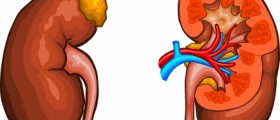

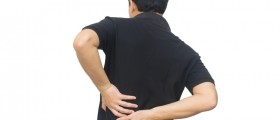
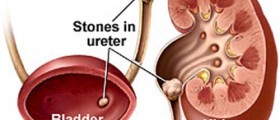

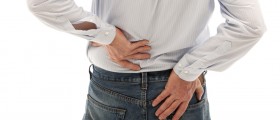

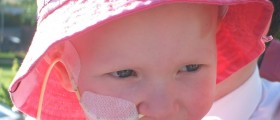
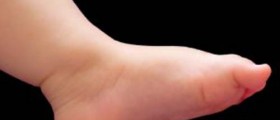
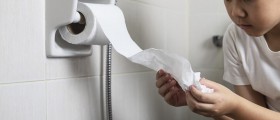

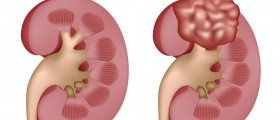



Your thoughts on this
Loading...